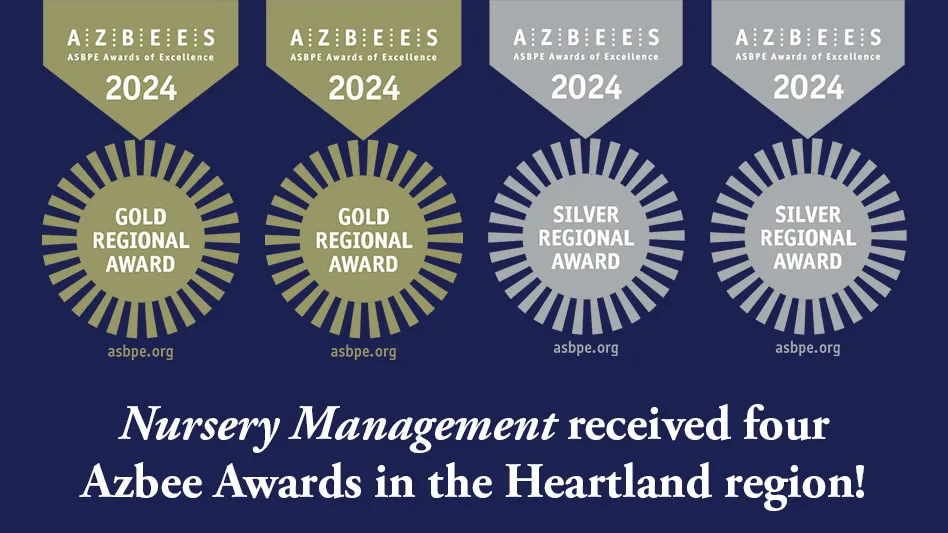

1993 was a terrible year for a major national fast-food chain. It was an even worse year for four families who suffered unimaginable losses after their children ate contaminated meat at the establishment. Unsurprisingly, the chain found itself on the verge of bankruptcy. However, in a matter of years, it had not only recovered, but doubled its number of locations—a feat that is now considered one of the most impressive comebacks in contemporary business history.
You may be shocked that a company responsible for something so horrific was able to salvage its sales at all, let alone become the fifth-largest burger chain in the U.S. just years thereafter.
No enterprise can escape at least some degree of error. And while there is certainly a vital difference between an erroneous invoice and unintentionally causing the unthinkable, certain damage-control strategies have proven successful, no matter the blunder.
Own the gaffe—and fast
Especially in today’s well-connected world, official statements get around fast. So does radio silence.
As soon as possible after disaster strikes, offer a firm and heartfelt apology. However, refrain from being overly apologetic or defensive. Instead, focus on action. The old adage “Actions speak louder than words” has stood the test of time for a reason.
Nevertheless, judicious and impactful action takes time to implement. Make sure from the get-go that your words reflect a sense of accountability and the intention to fix the problem.
Make it right
Words are vital when it comes to apologies, but they must be backed by tangible actions that illustrate genuine concern.
In the case of the fast-food chain, the company offered to cover victims’ medical expenses, settling for amounts of up to $15.6 million. The COO and chairman-cum-CEO attended mediation hearings to show their concern. The chain also opened a question hotline and made a generous donation to research efforts seeking treatment for infections caused by the bacterium behind the outbreak.
This demonstration of remorse and accountability in actions big and small communicated the company’s commitment to doing better.
Establish long-lasting change
Once apologies have been made in both words and deeds, it’s crucial to ensure the mistake isn’t repeated. It may be tempting to make the blemish disappear from sight, but finding a long-term solution is an indispensable step.
The fast-food chain began cooking its burgers at temperatures guaranteed to kill the guilty bacteria. It also implemented additional safety measures to ensure the food was handled properly from producer to consumer. In fact, this system was so successful that it was later endorsed by the USDA and the FDA, and came to be considered the gold standard among fast-food chains.
The company didn’t stop there. It became so invested in harm-free dining that it continues to receive honors for its leadership in food safety to this day.
Turn lemons into lemonade
Believe it or not, mistakes can be a blessing in disguise. For this to be true, decision makers must think in glass half-full terms. Slip-ups present an opportunity to demonstrate your brand’s leadership, transparency, and trustworthiness—and all of this at a time when you’re already in the spotlight. Just make sure it’s for better, not for worse.
A well-known pizza chain faced a rude awakening when one of its employees shared a video of himself tarnishing food in the kitchen. When the video went viral, it turned out the company had an even bigger problem on its hands. They admitted that customers had been complaining of pizza that tasted “like cardboard” and sauce that tasted “like ketchup.”
Instead of succumbing to an apparently imminent downfall, the company’s leaders decided to come clean and promised to improve their product. Shortly thereafter, they introduced a new pizza recipe, as well as a novel online ordering system designed to appeal to the younger generation. Their shares increased 60-fold and the company is now worth $60 billion.
Next time you’re caught in a mistake, stay calm and innovate
Businesses are no more perfect than humans. Every organization will face its day of reckoning, big or small. Luckily, history demonstrates that it’s not the mistake itself, but the response, that leaves a lasting impression. And as in the case of the fast-food chain, if addressed properly, a foul-up can even be turned into an asset.
So, next time your business finds itself in a rough spot, remember the importance of accepting blame and saying you’re sorry. Then roll up your sleeves, fill your metaphorical glass, and turn the blunder into your next wonder.

Emily Safrin is a certified Spanish-to-English translator and editor specializing in the medical sector. She is also an active member of the American Translators Association (ATA), which represents over 10,000 translators and interpreters across 103 countries.

Explore the May 2019 Issue
Check out more from this issue and find you next story to read.
Latest from Nursery Management
- CIOPORA appoints Micaela Filippo as vice secretary-general
- Registration opens for Darwin Perennials Day
- April 2024 issue recap
- U.S. Department of Labor finalizes farmworker protection rule
- Azo Root is now available from Harrell’s
- Smith Gardens assumes operations of Skagit Horticulture
- Garden Media Group announces the fifth annual Women in Horticulture Week
- Eason Horticultural Resources announces the addition of Phil Perry





